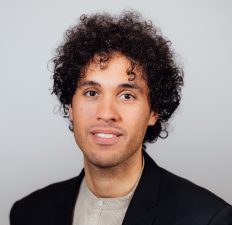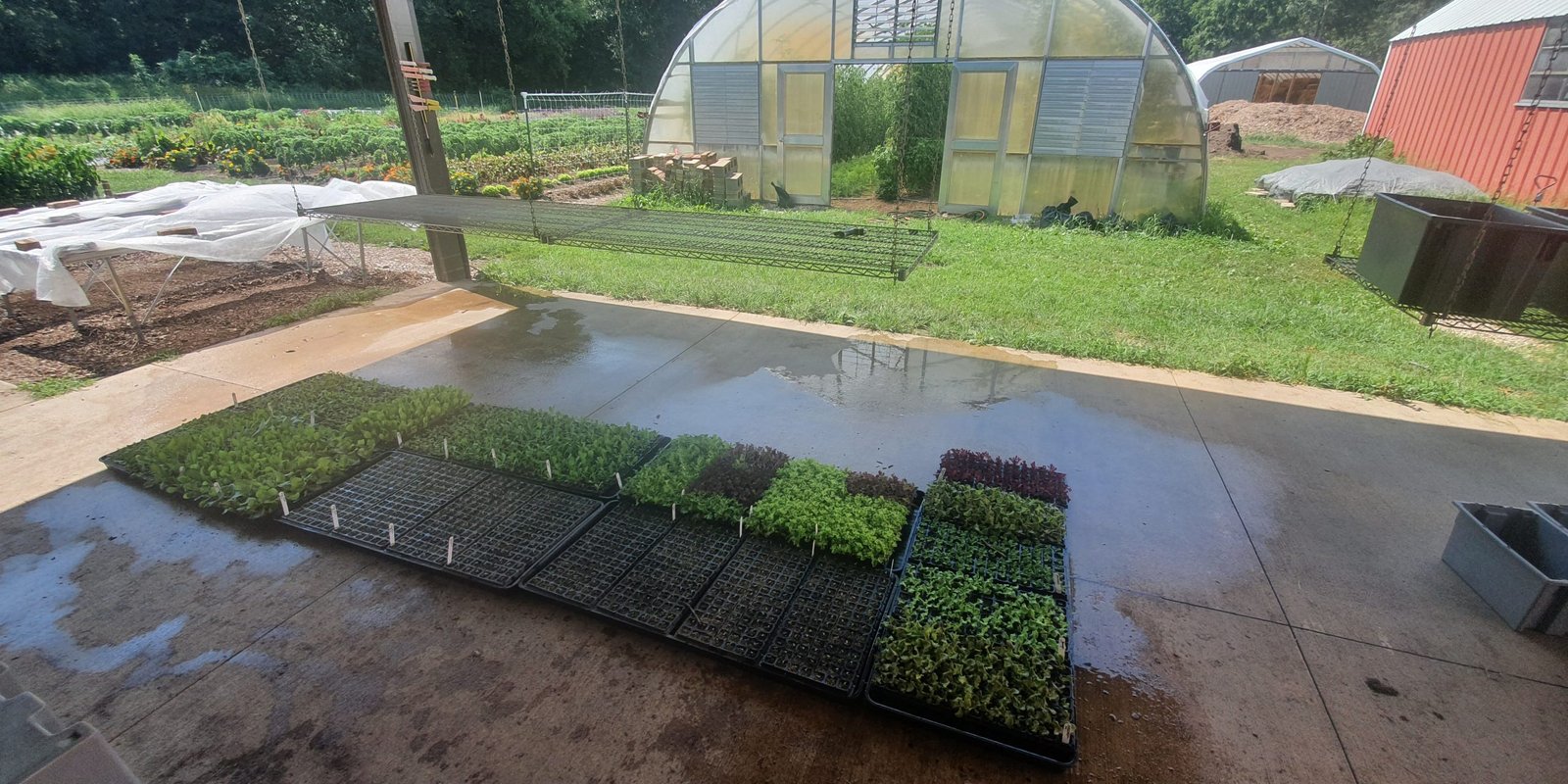As COP 28 opened in Dubai, the international community was called to focus on combatting climate change. Doing so is critical for the sake of those alive today, and also for those born tomorrow. Given that reality, it is important to ask what the role of religious communities might be.
Considering future generations in current decisions is a key tenet of sustainability. Or to put it another way, acting sustainably is critical to humanity’s future. As such, sustainability has become a key area of engagement across the societal spectrum, from politics to education and business.
“Congregations of all sorts can become sustainable stewards of the Earth.”
But religion is all too often overlooked, and potentially at some cost: not only do religious worldviews tend to involve long-term perspectives, but religious organizations can often tap vast wells of financial, social, and cultural resources.
The reasons for this oversight are complex, but may stem back to historian Lynn White Jr. In a now famous essay, he used the ox-drawn plough to argue that Christianity has cultivated an exploitative view of nature. As a response, Christian scholars developed the theology of environmental stewardship from other agricultural themes. They have argued that humans are meant to live in harmony with nature and that God’s command to “keep and till [Eden]” (Genesis 2:15) demonstrates their responsibility to care for the environment.
A growing number of Christian organizations in the US are drawing on stewardship theology to implement sustainability in an agricultural context. Such Sustainable Christian Agriculture Initiatives (SCAIs) are engaged in activities which cut across the social, environmental, and economic domains.
One example is Bethlehem Farm, West Virginia. In addition to growing 70% of its own food, Bethlehem Farm receives groups of young people from across the country and teaches them about how to live simply and implement low carbon habits. Visitors are also asked to help repair homes in the local community, and in doing so they acquire practical skills and learn about rural poverty in Appalachia.
Meanwhile, in Illinois, Hungry World Farm is experimenting with rotational grazing and no-till crop production in order to learn more about the tradeoffs between soil regeneration and financial viability. Many of the vegetables they cultivate go towards a community supported agricultural program which helps to provide locals with fresh produce. This is all the more important due to the area’s status as a food desert.
Both Bethlehem Farm and Hungry World Farm rely on a network of volunteers and employees to ensure their day-to-day operations. In many cases these volunteers are motivated by stewardship theology and neighborly love, and they work together closely to reach their desired outcomes.
Given the religious values which underpin SCAIs, and their role in community formation, they arguably form a distinct type of congregation, one that implements sustainability creatively. Perhaps more “traditional” religious communities can learn from them. Be it through partnering with an SCAI, or starting a community garden on their own property, congregations of all sorts can become sustainable stewards of the Earth.
Further Reading:
Haluza-DeLay, R. (2014) ‘Religion and climate change: varieties in viewpoints and practices’, WIREs Climate Change, 5(2), pp. 261–279.
Lynn White, Jr., (1967) “The Historical Roots of Our Ecological Crisis.” Science 155:1203-1207.


